Inside Powerhouse: The redevelopment of Lots Road Power Station, which once fuelled the London Underground
The twin-turreted building has followed in the footsteps of Battersea Power Station, being transformed into luxury homes and retail units
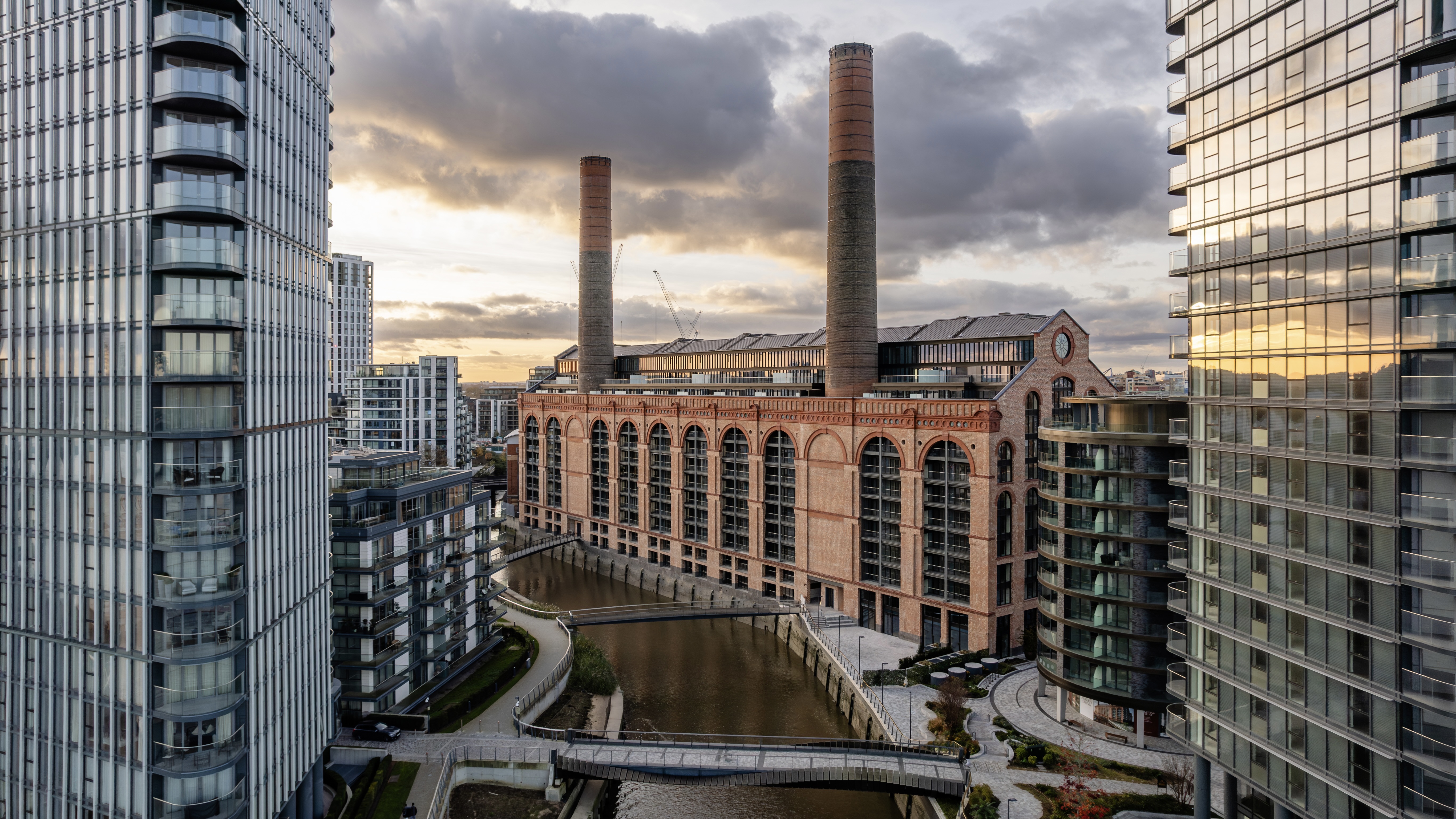
January saw the much-anticipated completion of Powerhouse – the transformation of London’s Lots Road Power Station into a residential and retail development. The project is part of the wider development Chelsea Waterfront, which comprises ten buildings, including the tallest residential building in SW10.
The construction of Powerhouse was masterminded by architect Terry Farrell, and sought to blend the industrial heritage of this century-old landmark with modern luxury, including repurposing the original chimneys.
Contributing to the interiors of Powerhouse: Fiona Barratt-Campbell, who designed the 100-metre atrium, and BAYA, BLOCC Interiors’ new studio, which curated two show apartments.
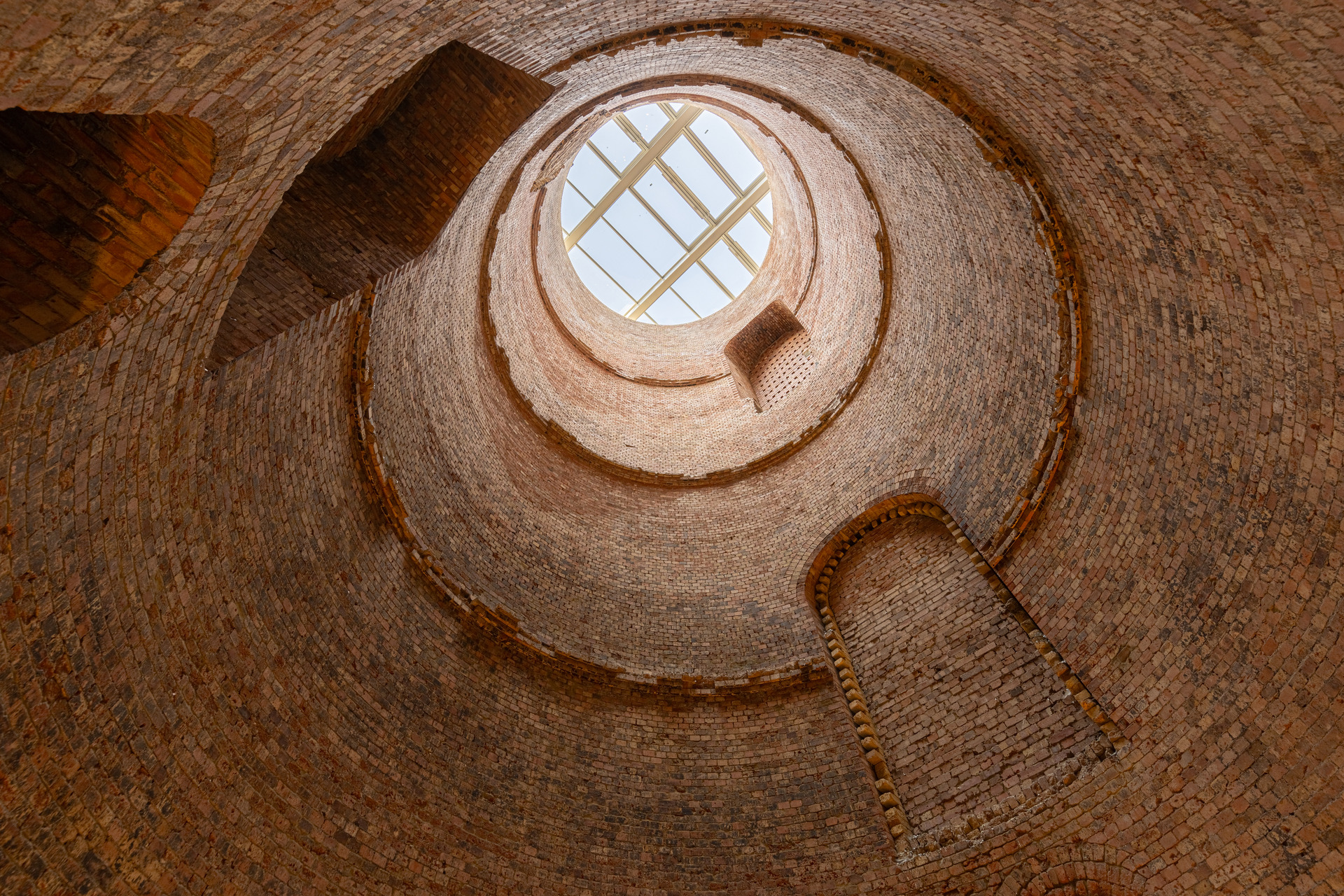
The view from the bottom of one of Lots Road Power Station's restored chimneys
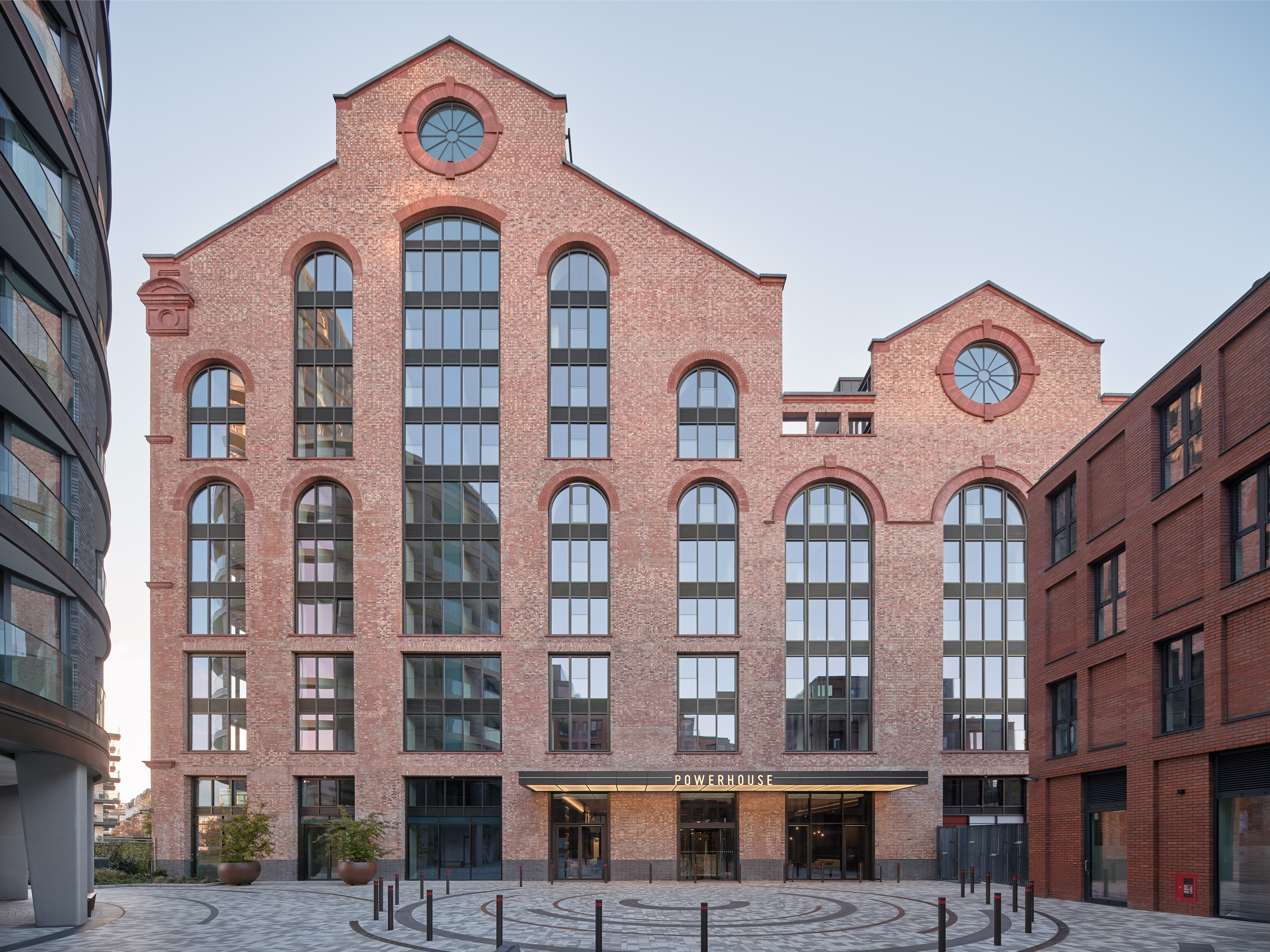
As we saw with the regeneration of Battersea Power Station, reviving a stagnating landmark takes meticulous planning. The creation of Powerhouse required the removal, restoration and relocation of two million bricks over two years, with 60 workers committed to this endeavour alone. The entire process took eight years.
The chimneys, which stand at approximately 84m tall, are the focal point of the development, and have been designed to be open at their bases so that visitors can look up into the vertical shafts. They have been transformed into retail units, which are integrated in Barratt-Campbell’s atrium design.
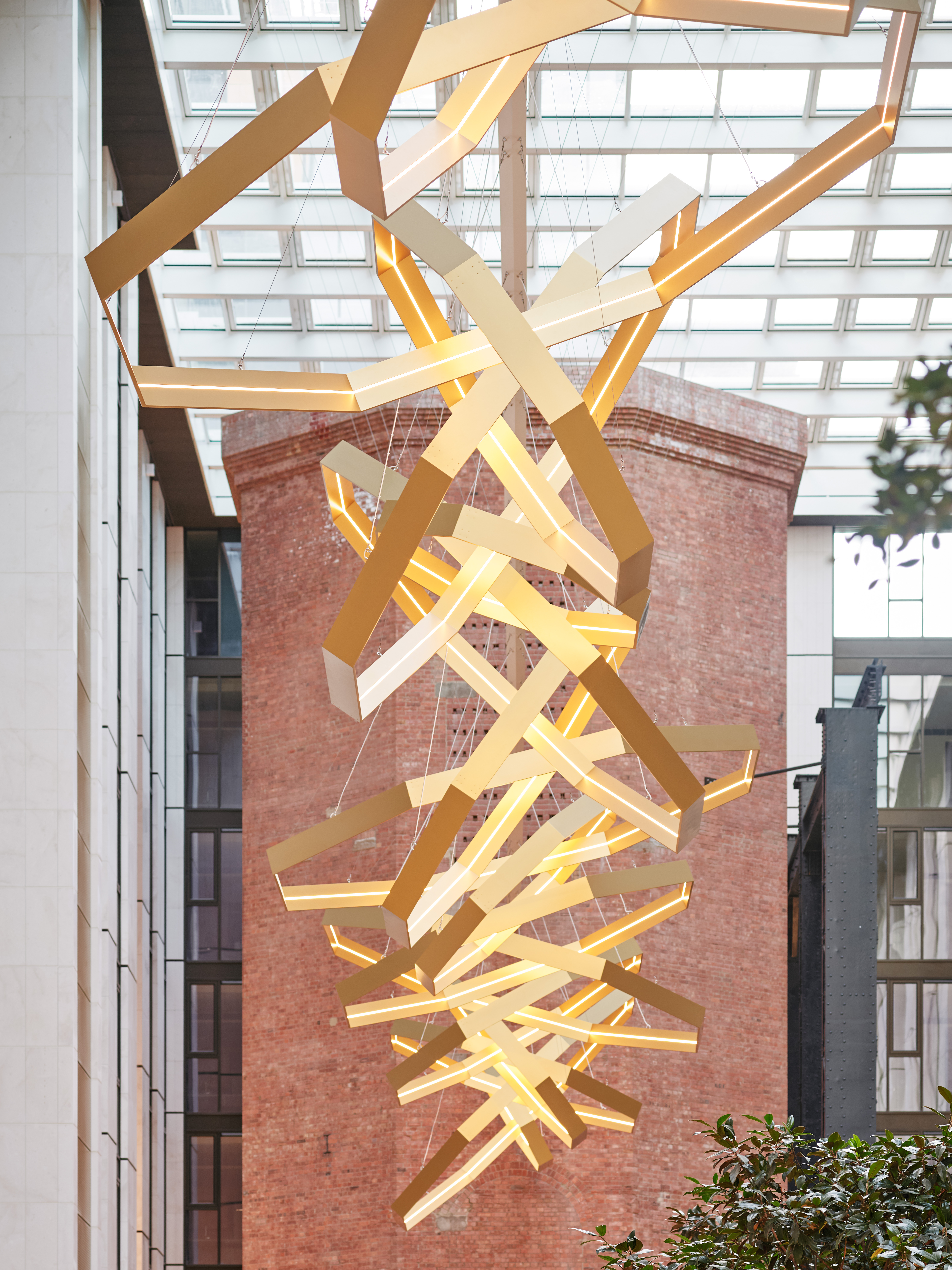
The 'electric current' lighting installation in Fiona Barrett-Campbell's atrium

The granite desk in the concierge, which echoes a time when coal was Lots Road Power Station's power-generating source
The atrium is on the site of the former turbine hall. Although this space echoes the industrial heritage Lots Road, it is also updated for the 21st century, reflecting the evolution of the building: evergreen trees stand in the spots once occupied by the turbines, while water troughs flow through the central space, simulating the steam that was used to power turbines. Overhead, a lighting installation representing an electrical current pays homage to the power station's original purpose.
The concierges, which bookend the atrium, also designed by Barratt-Campbell, also incorporate design touches reminiscent of Powerhouse’s past life. A solid granite desk reminds of the coal that was once the building’s primary power generating source.
Wallpaper* Newsletter
Receive our daily digest of inspiration, escapism and design stories from around the world direct to your inbox.
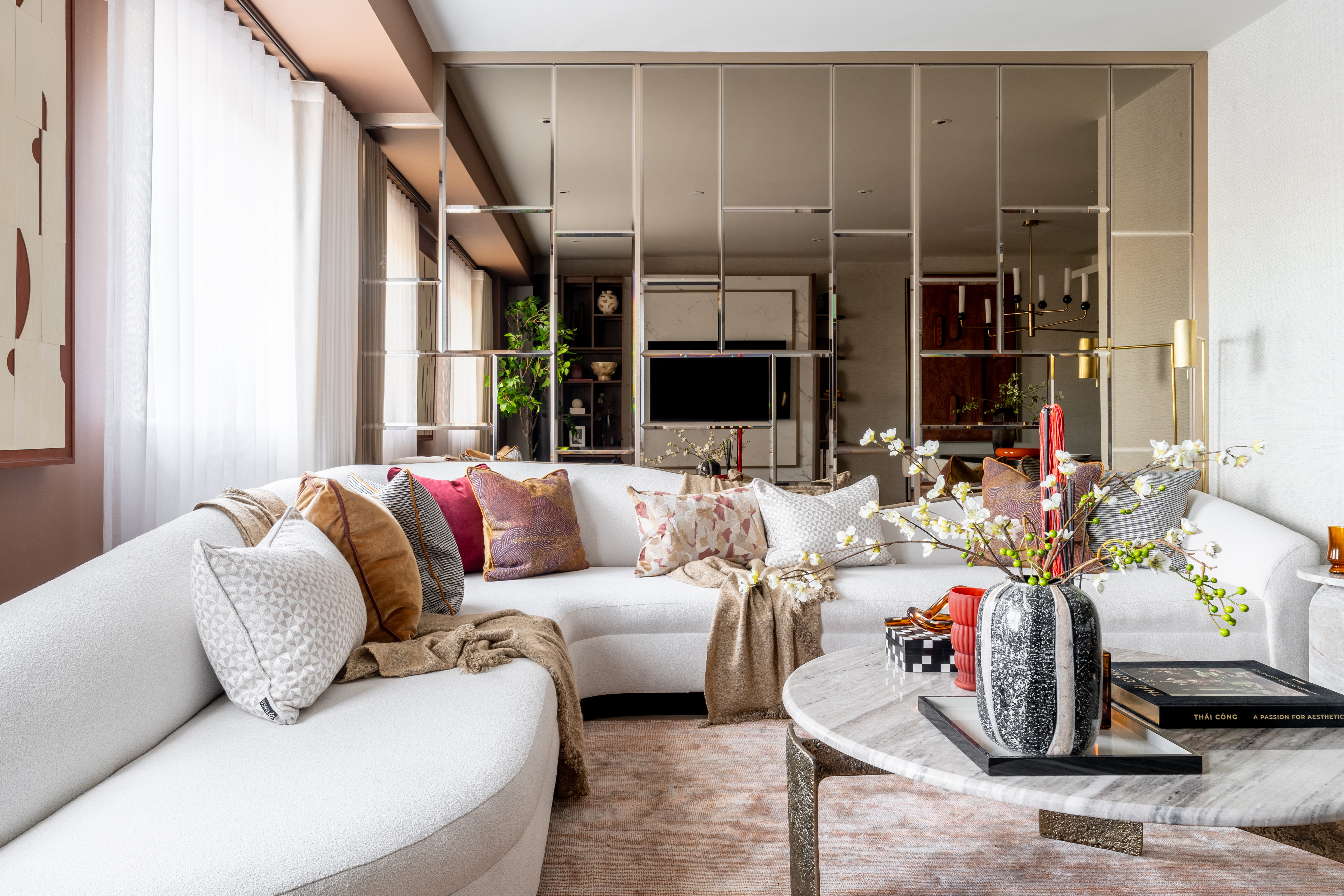
The interior of one of the BAYA show apartments
Powerhouse contains 260 apartments with views of the Thames. Show apartments have been designed by a carefully-selected curation of designers, including Morpheus & Co and a debut from BAYA. Two four-bed apartments by BAYA were inspired by the arches of the atrium, incorporating organic curves and an industrial colour palette.
When Lots Road Power Station opened in 1905, it was London’s largest power station, burning 700 tonnes of coal per day, which eventually allowed most of the London Underground to make the transition from steam to electric. The station was shut down in 2002, at which point the Underground became fully powered by the National Grid.
Powerhouse joins Battersea Power Station and the Tate Modern (formerly Bankside) as a landmark redevelopment of an industrial relic.
Anna Solomon is Wallpaper*’s Digital Staff Writer, working across all of Wallpaper.com’s core pillars, with special interests in interiors and fashion. Before joining the team in 2025, she was Senior Editor at Luxury London Magazine and Luxurylondon.co.uk, where she wrote about all things lifestyle and interviewed tastemakers such as Jimmy Choo, Michael Kors, Priya Ahluwalia, Zandra Rhodes and Ellen von Unwerth.
-
 Put these emerging artists on your radar
Put these emerging artists on your radarThis crop of six new talents is poised to shake up the art world. Get to know them now
By Tianna Williams
-
 Dining at Pyrá feels like a Mediterranean kiss on both cheeks
Dining at Pyrá feels like a Mediterranean kiss on both cheeksDesigned by House of Dré, this Lonsdale Road addition dishes up an enticing fusion of Greek and Spanish cooking
By Sofia de la Cruz
-
 Creased, crumpled: S/S 2025 menswear is about clothes that have ‘lived a life’
Creased, crumpled: S/S 2025 menswear is about clothes that have ‘lived a life’The S/S 2025 menswear collections see designers embrace the creased and the crumpled, conjuring a mood of laidback languor that ran through the season – captured here by photographer Steve Harnacke and stylist Nicola Neri for Wallpaper*
By Jack Moss
-
 Are Derwent London's new lounges the future of workspace?
Are Derwent London's new lounges the future of workspace?Property developer Derwent London’s new lounges – created for tenants of its offices – work harder to promote community and connection for their users
By Emily Wright
-
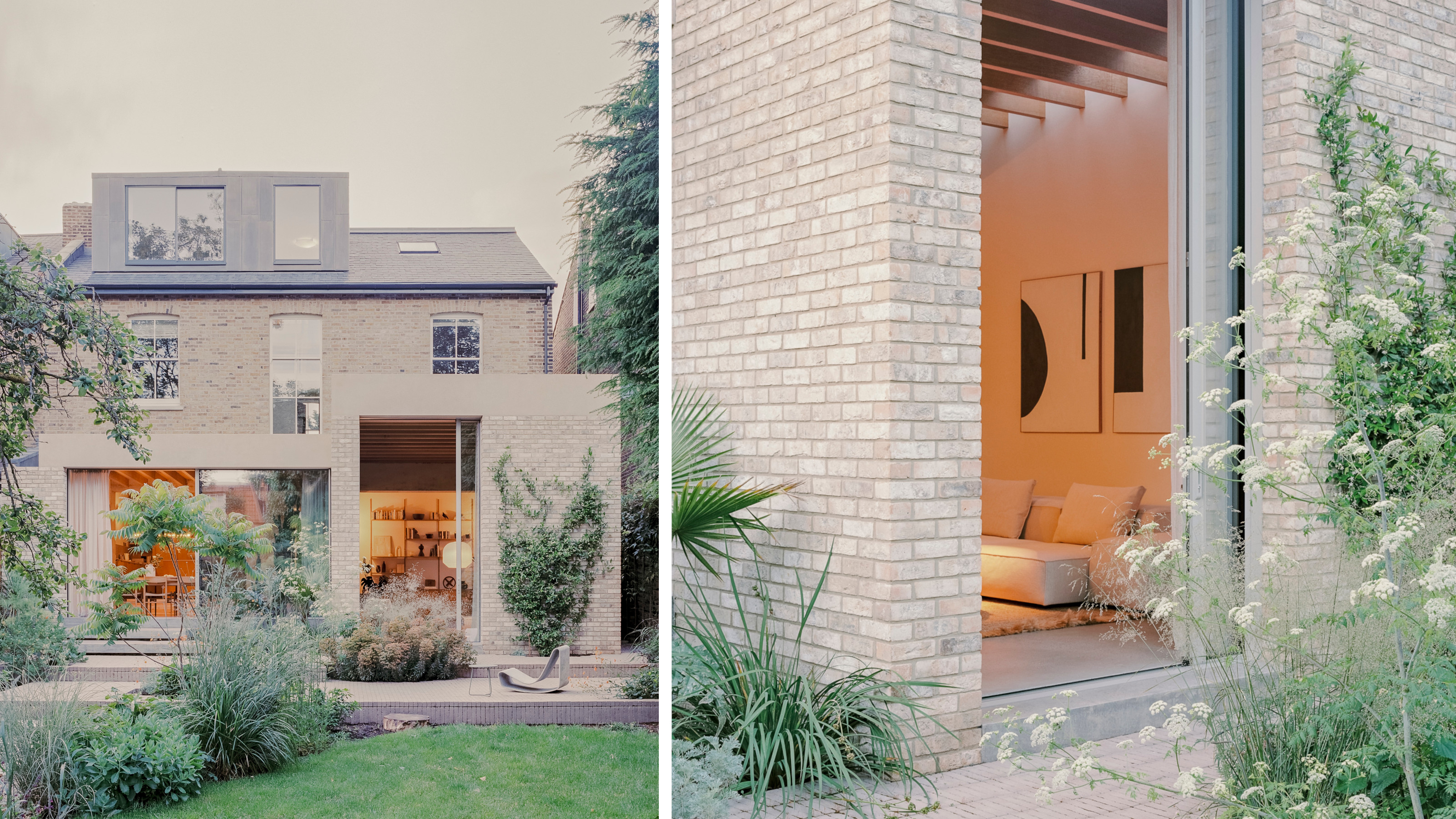 A new concrete extension opens up this Stoke Newington house to its garden
A new concrete extension opens up this Stoke Newington house to its gardenArchitects Bindloss Dawes' concrete extension has brought a considered material palette to this elegant Victorian family house
By Jonathan Bell
-
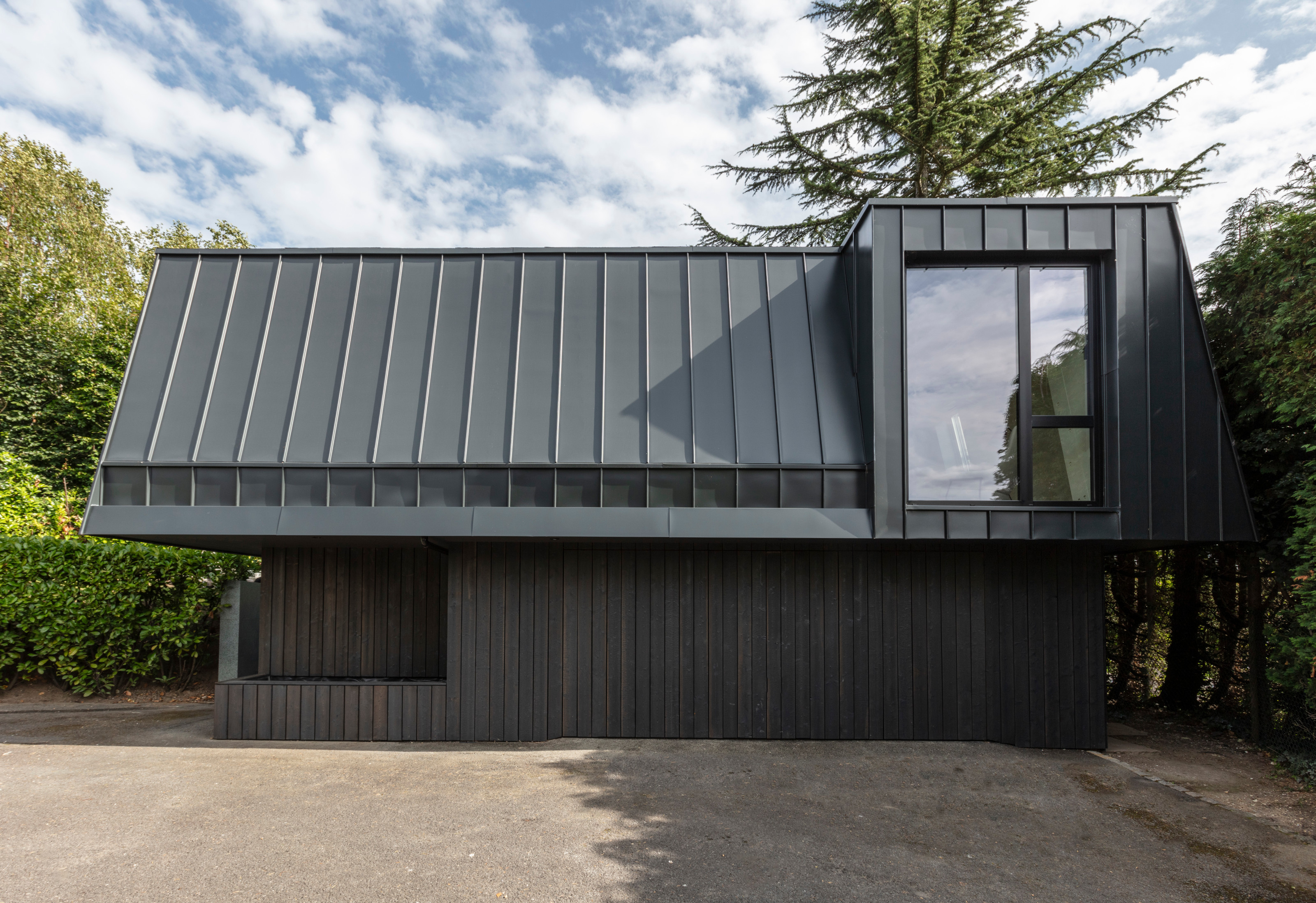 A former garage is transformed into a compact but multifunctional space
A former garage is transformed into a compact but multifunctional spaceA multifunctional, compact house by Francesco Pierazzi is created through a unique spatial arrangement in the heart of the Surrey countryside
By Jonathan Bell
-
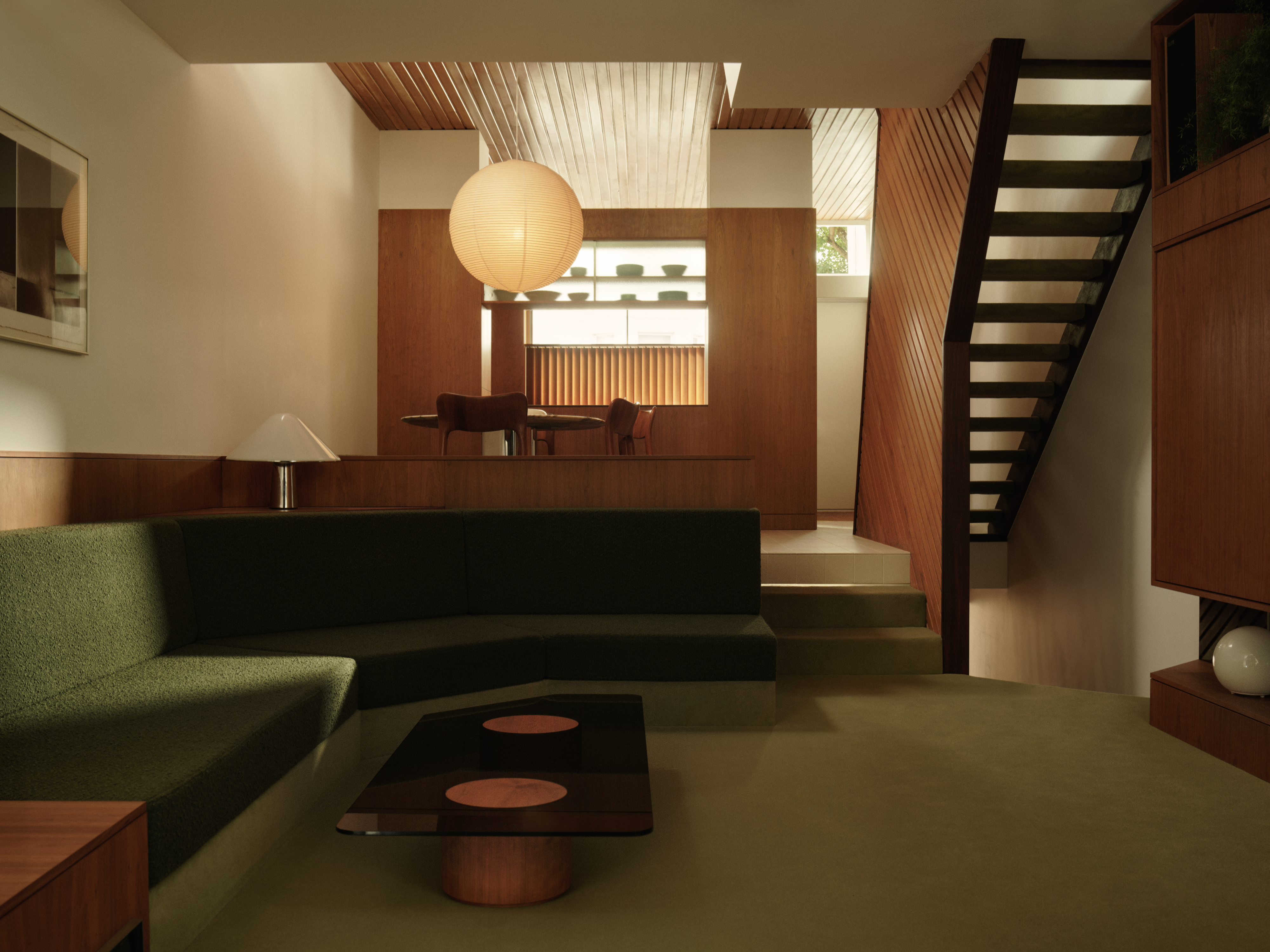 A 1960s North London townhouse deftly makes the transition to the 21st Century
A 1960s North London townhouse deftly makes the transition to the 21st CenturyThanks to a sensitive redesign by Studio Hagen Hall, this midcentury gem in Hampstead is now a sustainable powerhouse.
By Ellie Stathaki
-
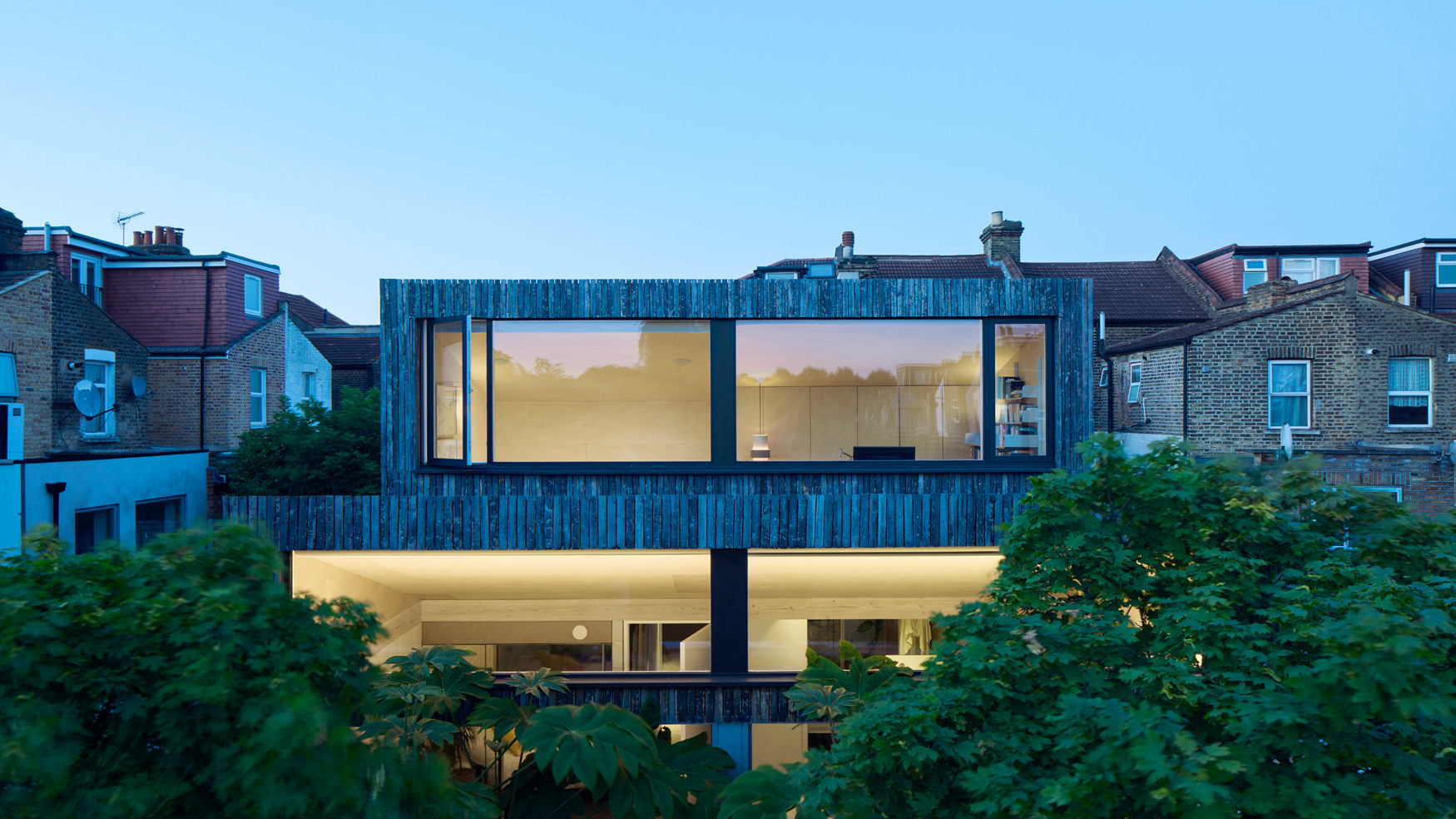 An architect’s own home offers a refined and leafy retreat from its East London surroundings
An architect’s own home offers a refined and leafy retreat from its East London surroundingsStudioshaw has completed a courtyard house in amongst a cluster of traditional terraced houses, harnessing the sun and plenty of greenery to bolster privacy and warmth
By Jonathan Bell
-
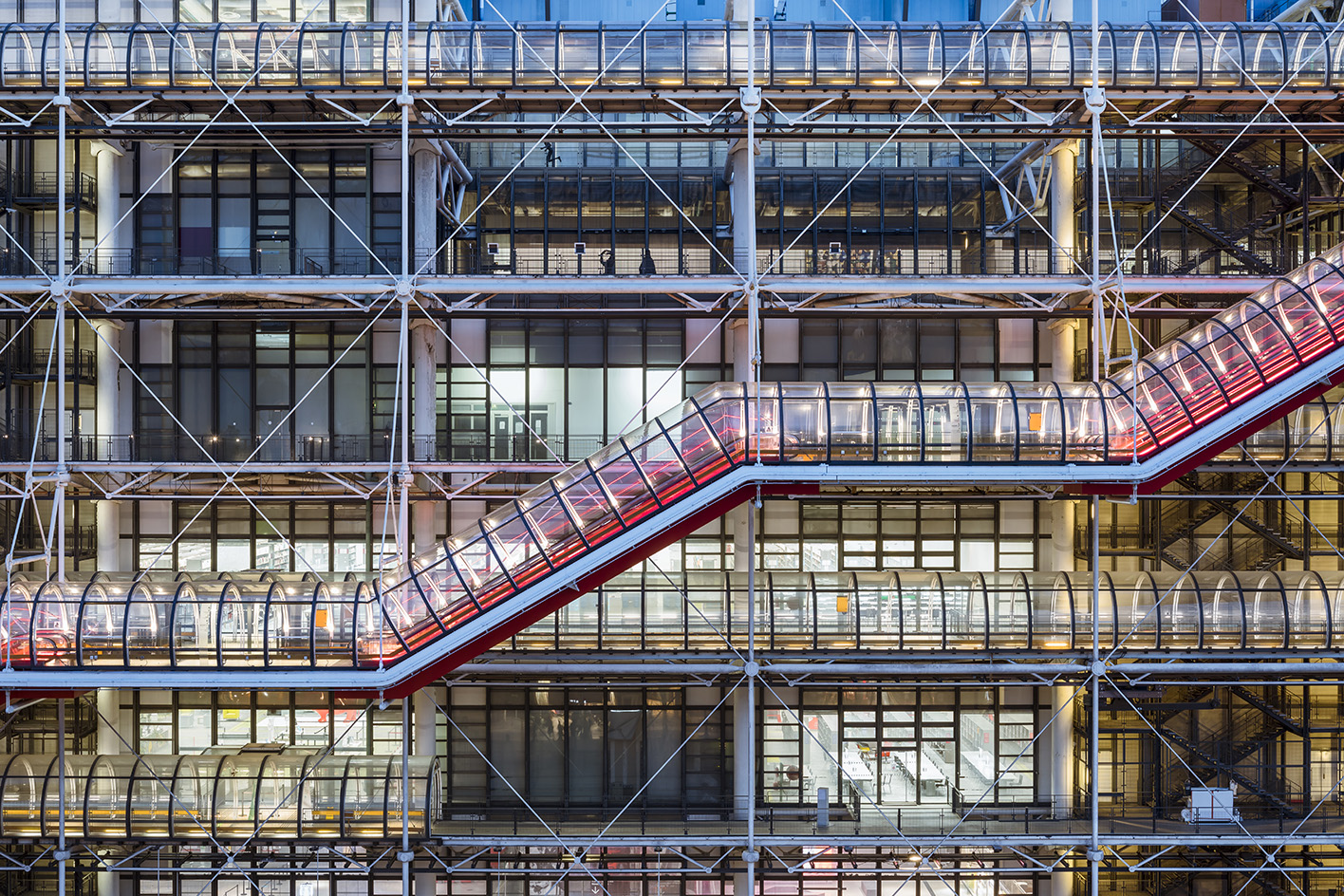 The museum of the future: how architects are redefining cultural landmarks
The museum of the future: how architects are redefining cultural landmarksWhat does the museum of the future look like? As art evolves, so do the spaces that house it – pushing architects to rethink form and function
By Katherine McGrath
-
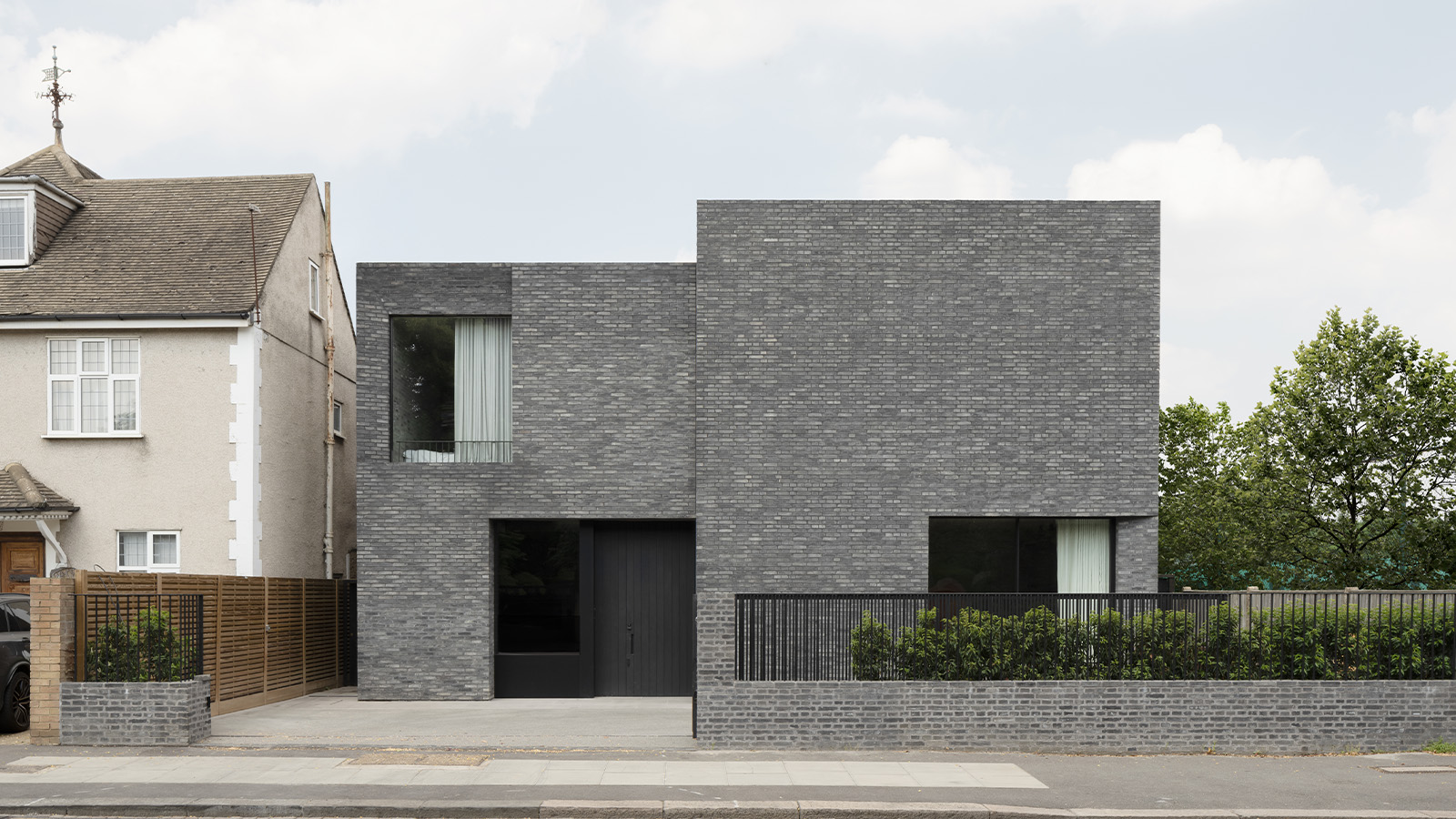 'Bold and unapologetic', this contemporary Wimbledon home replaces a 1970s house on site
'Bold and unapologetic', this contemporary Wimbledon home replaces a 1970s house on siteThis grey-brick Wimbledon home by McLaren Excell is a pairing of brick and concrete, designed to be mysterious
By Tianna Williams
-
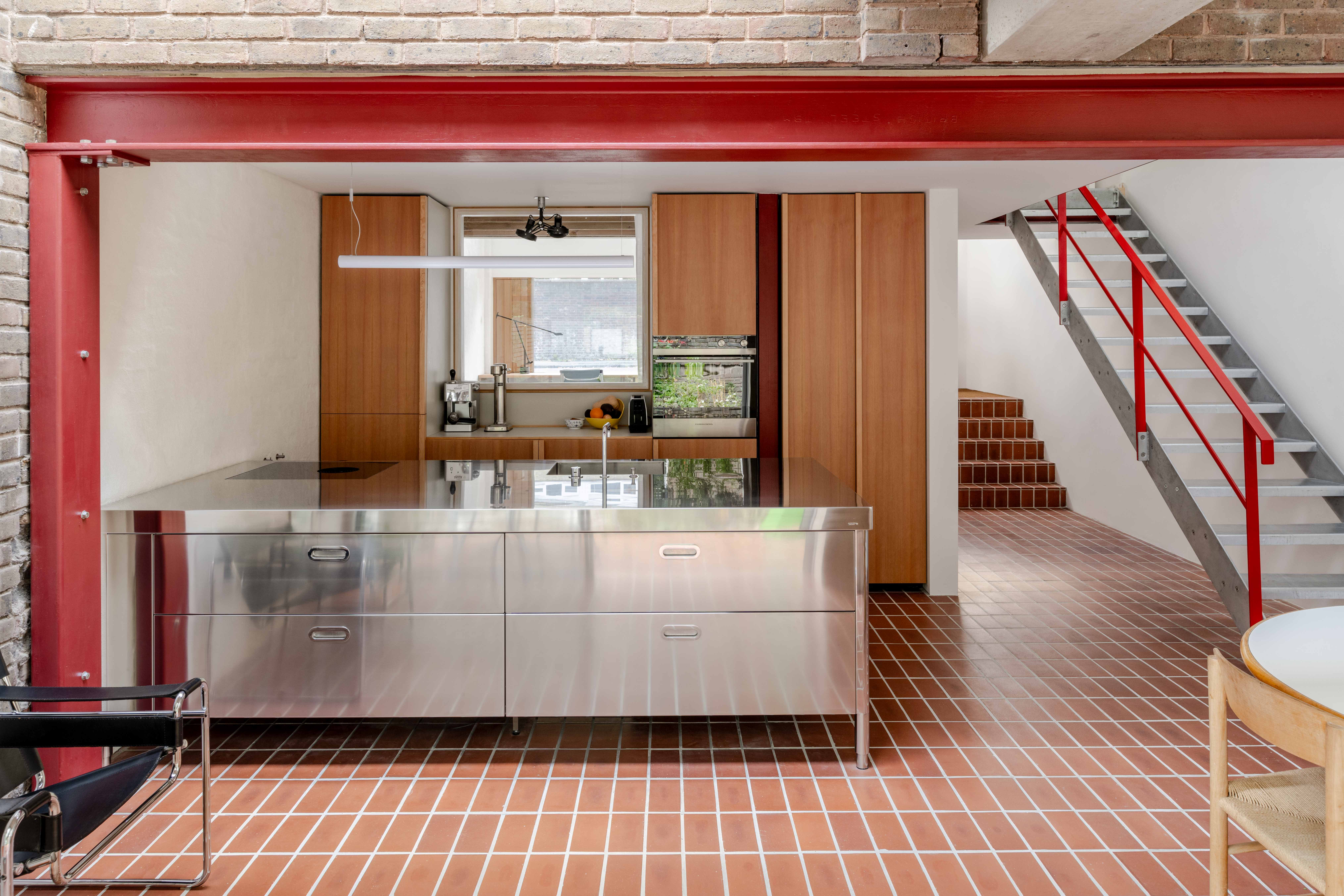 A Danish twist, compact architecture, and engineering magic: the Don’t Move, Improve 2025 winners are here
A Danish twist, compact architecture, and engineering magic: the Don’t Move, Improve 2025 winners are hereDon’t Move, Improve 2025 announces its winners, revealing the residential projects that are rethinking London living
By Ellie Stathaki